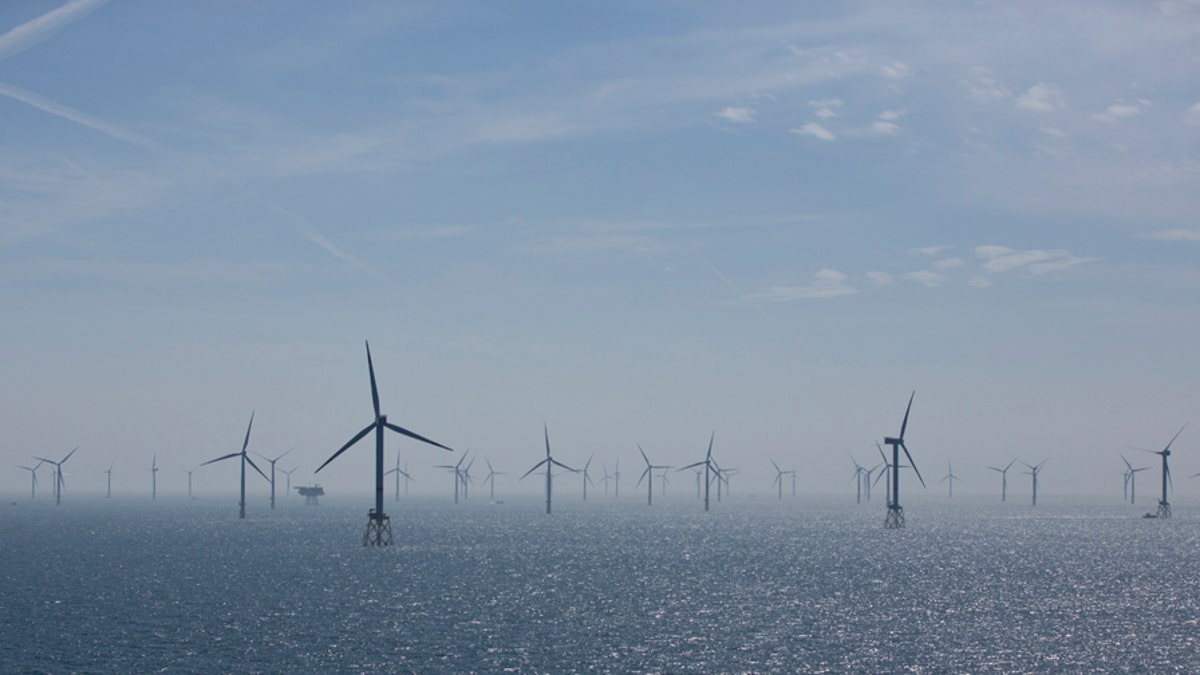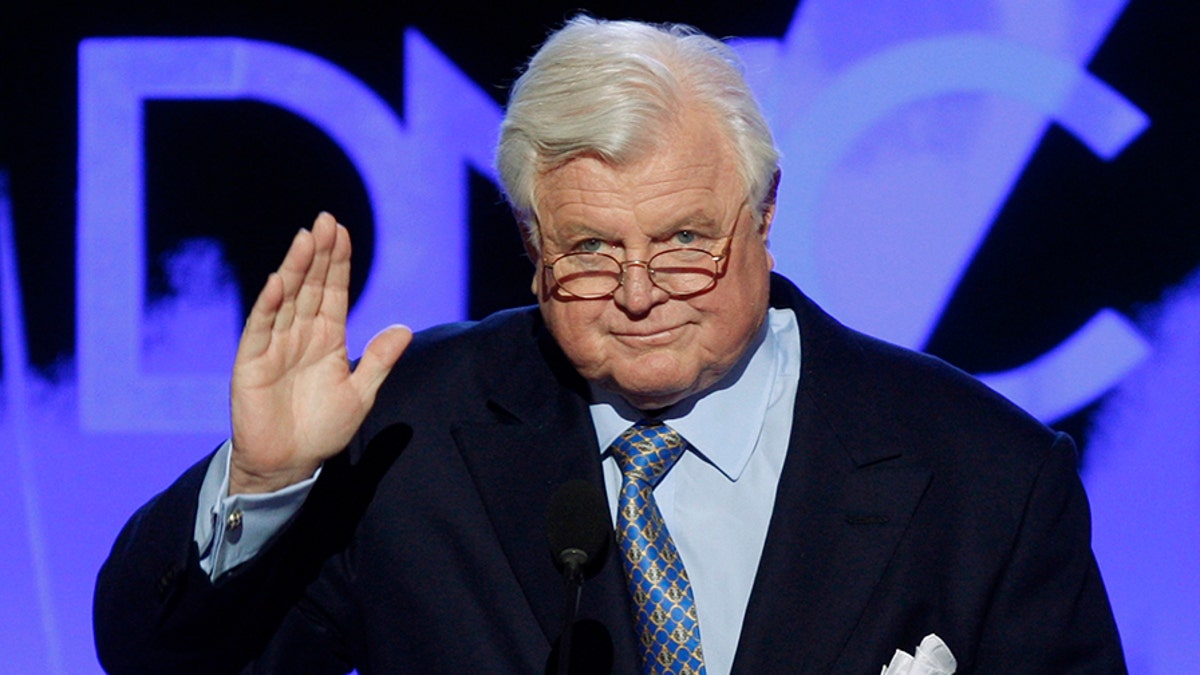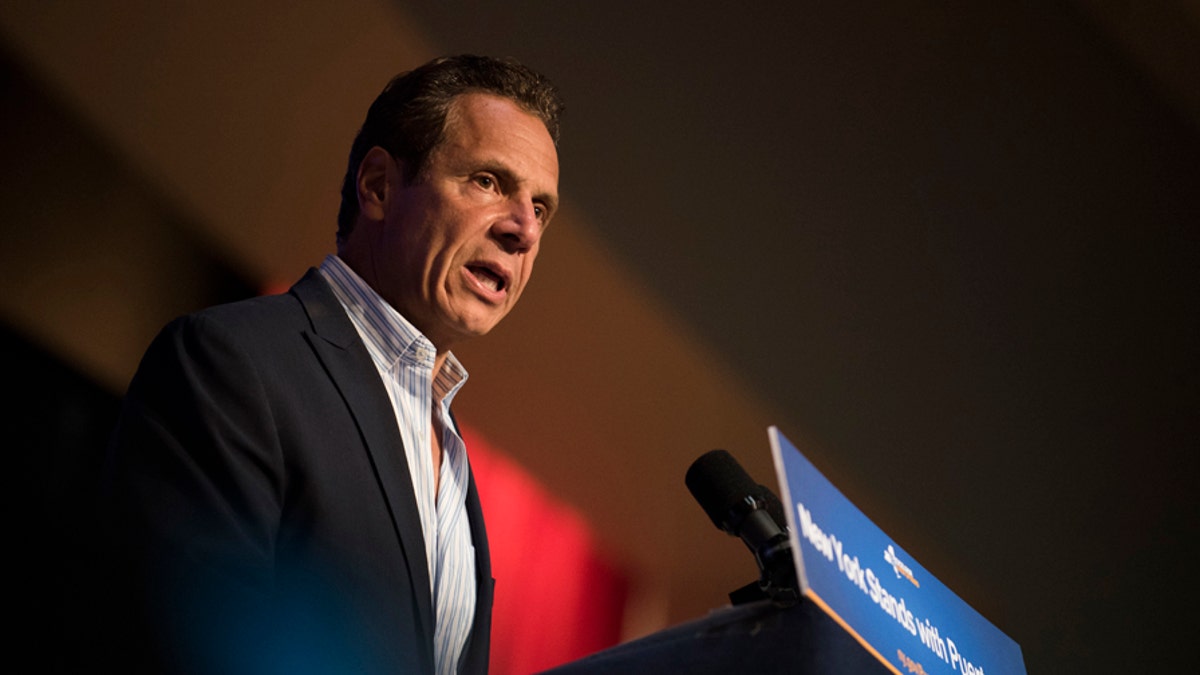
Wind turbines are pictured in RWE Offshore-Windpark Nordsee Ost in the North sea, 30 km from Helgoland, Germany, May 11, 2015. REUTERS/Christian Charisius/Pool - LR2EB5B18VM75 (Reuters)
A plan to build scores of offshore, electricity-generating windmills within eyesight of the Kennedy compound and numerous other tony properties in one of America’s wealthiest, and most scenic areas, is officially dead in the water.
The Cape Wind project, which envisioned 130 turbines to be built off the Massachusetts coast, would have been the first U.S. offshore wind farm. It would also have spoiled the view from the Kennedy family’s estate and that of the Democratic family's billionaire neighbor, William Koch, owner of a nearby 26-acre estate.

William Koch. (Photo by Richard Drew/AP/Shutterstock)
Besides their opposition, Energy Management Inc., which led the project, had to battle fishermen and tourism-related businesses. But after 16 years of fighting, with the help of environmentalists, for the project – and scoring numerous legal battles along the way – Energy Management threw in the towel late last week, citing the cancellation of several contracts to sell its power to local utilities.
“During Cape Wind’s development period we successfully developed over a billion dollars of renewable solar and biomass energy projects and, although we were unable to bring Cape Wind to fruition, we are proud of the catalyzing and pioneering effort we devoted to bringing offshore wind to the United States,” Cape Wind President James Gordon said in a statement to the Cape Cod Times.
Championed as the future of clean energy by environmental activists, the 478-megawatt offshore farm would have been a power supply for Cape Cod, Nantucket and Martha’s Vineyard.
However, the Kennedy family opposed the project for years. Back in 2006, then-Sen. Ted Kennedy called for more federal guidelines first. “Senator Kennedy has real environmental and economic concerns, and the federal government continues to lack a national policy and process to guide offshore alternative energy development,” spokeswoman Melissa Wagoner told The Washington Times. The senator died in 2009.

Senator Ted Kennedy in 2008. (REUTERS/Mike Segar, File)
In addition, attorney Robert F. Kennedy Jr. wrote in a New York Times op-ed in 2005: “I do believe that some places should be off limits to any sort of industrial development. I wouldn't build a wind farm in Yosemite National Park. Nor would I build one on Nantucket Sound.”
While the Kennedys and their activities on Cape Cod have been well known for decades, Koch’s ties to the area have been less well publicized. The billionaire fossil fuel industrialist, whose brothers Charles and David are well known for their underwriting of Republican politicians, bought Rachel Mellon’s 26-acre waterfront estate in Oyster Harbors in 2013 for $19.5 million and quickly turned his attention to combating what he called the “visual pollution” from the Cape Wind project.
“I am equally confident that the project’s lack of merit will result in its demise,” Koch wrote in an email to the New York Times back in 2013.
Cape Wind’s demise came despite significant support. The U.S. Energy Department gave Energy Management a conditional $150 million loan guarantee, Siemens AG was mulling a $100 million equity investment and Rabobank, Natixis and Mitsubishi UFJ Financial Group led a $400 million debt package.
In the end this wasn’t enough and, after the project was hit by numerous lawsuits and Cape Wind missed a number of contractual milestones, energy suppliers National Grid and Northeast Utilities canceled their purchase agreements.

Gov. Andrew Cuomo. (File)
The fate of Cape Wind has taught offshore wind developers a valuable lesson: Keep the turbines out of a sight of beachgoers.
Last year, Deepwater Wind completed the first offshore wind farm 3.8 miles off of Rhode Island’s Block Island and the country’s largest offshore wind farm is slated to be built in the waters between the eastern tip of Long Island and Martha’s Vineyard. Part of New York Gov. Andrew Cuomo’s goal to draw 50 percent of the state’s power from renewable sources by 2030, the project will be built on a 256-square acre parcel and generate enough energy to power 1.25 million homes.
“This project will not only provide a new, reliable source of clean energy but will also create high-paying jobs, continue our efforts to combat climate change and help preserve our environment,” Cuomo said in a statement in January when the project was approved by the Long Island Power Authority’s board.





















